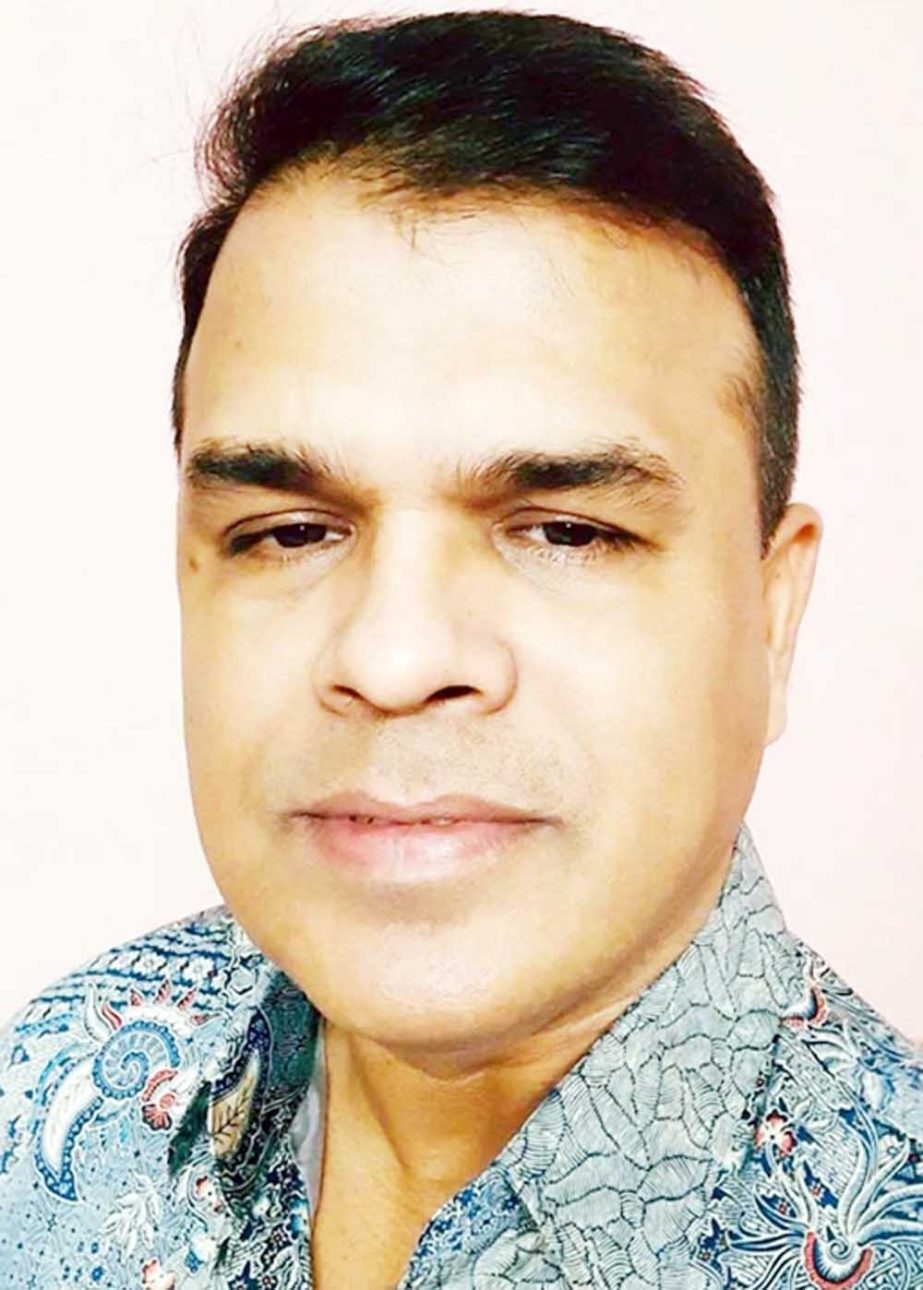
Lt Col Nazmul Huda Khan :
The Padma Bridge, the “dream bridge” is a symbol of courage and determination of Bangladesh. In spite of compound complications regarding finance, technical viability, doubts, pressures, allegations and Covid-19 pandemic; the bridge has grown from a dream out of reach to a reality has been inaugurated on 25th June.
The bridge has connected the north-eastern and south-western parts of Bangladesh; those can reap economic benefits from the bridge promoting the exchange of goods, labor, capital and services within the whole country. Statistics show that the bridge can push the GDP growth rate of Bangladesh up for 1.5%. It is estimated that more than 80 million people, which account for half of Bangladesh’s population, will benefit from the bridge directly. Moreover, it serves as the missing link of the Trans Asian Railway and Asian Highway Network and surely contribute to a more integrated and prosperous South Asia and beyond.
Mobility plays a vital role to improve health and living standards of the communities. Access to health services has a key role in the health system of any country and is considered one the main factors that encourages health. Padma Bridge will play a vital role in the socio-economic diversity, sustainable development and social inclusion and lead to improvement in living standard, education, public health and work as a fuel for the development and prosperity of our country. Through the Padma Bridge, 21 districts including Khulna, Bagerhat, Jashore, Satkhira, Narail, Kushtia, Meherpur, Chuadanga, Jhenaidah, Magura under the Khulna Division; Barishal, Pirojpur, Bhola, Patuakhali, Barguna and Jhalokati under the Barishal Division; and Gopalganj, Faridpur, Madaripur, Shariatpur and Rajbari under the Dhaka Division will be perquisite.
Employment directly affects the health of an individual and their families. Job gain promotes income, which affects individual and their family health. The Padma Bridge will improve the integrated communication structure of the country. Economic zones, high-tech parks and private industrial cities will be built on both sides of the bridge. Investment and employment will increase. Moreover, Mongla and Payra seaports will be operational. The tourism industry will flourish and new and old tourist destinations, including Kuakata beach in the southern region, the Sundarbans, the sixty-domed mosque, Bangabandhu Mazar in Tungipara, old and new resorts at Mawa and Jazira will attract domestic and foreign tourists. The direct connectivity with the capital will help expand trade and commerce, ease supply of raw materials and industrialization. Small and big industries will be set up in the 21 districts. Agriculture will greatly improve. Farmers will get better commodity prices. Production will increase. So it will generate many employment opportunities in our country, so will promote our life expectancy, quality of life and health care costs. The correlation between income and health manifests itself in countless ways, but all lead to the same conclusion: the more financially solvent we are, the healthier we are, and the more likely we have longer life expectancy.
The Padma Bridge with the reduction of travel time by 2 to 6 hours will oblige the evacuated patients from north western and north eastern part of the country to reach specialised or tertiary level hospitals in the city early. We know today that, the six-hours-rule is a delicate principle for medical services to provide an adequate treatment during the first hours after wounding. Surgical treatment should take place as soon as possible, but at last six hours after wounding. In addition, the six-hours-rule considers the physiological pathway of contaminated wounds. Germs penetrate healthy tissue with 1mm per hour. Many studies show that the spreading of infection can be reduced by early infusions of potent antibiotics. In this case, the virulence of the most common germs will be three to five times less. With these scientific evidences, it is assertive that many lives and limbs will be saved by dint of the Padma Bridge connectivity.
Statistics reveal that, at least 50-100 ambulances with critical patients used to cross the Padma every day, but failed to reach destination timely and face worse prognosis on the way to cross the river by ferry. It is known phenomena that, many people used Aricha route around 100 KM more distance for quick ferry service. In such situation, many patients have expired at the ferry terminal on the way to Dhaka for long waits. But those devastating memories will come to an end with the inauguration of the Padma Bridge. The bridge will enhance the feasibility of quicker reach to destination and attain required treatment. People need not surrender to demise and dejection of dark night, inclement weather and foggy days to cross the Padma.
It is reality that efficient and competent physicians and surgeons had to some extent uninterested perspective to join the billet on the far bank of the Padma, now will be interested to join and stay here due to obvious faster mobility. In this context, vacancies of medical colleges, district and upazilla hospitals perhaps will be filled up and ailing people will get appropriate health services. Apart from the economic growth, the Padma Bridge will aid the people by promote health and saving lives.
(Lt Col Nazmul Huda Khan, MBBS, MPH, MPhil is Public Health Specialist and Assistant Director, Kurmitola General Hospital).

